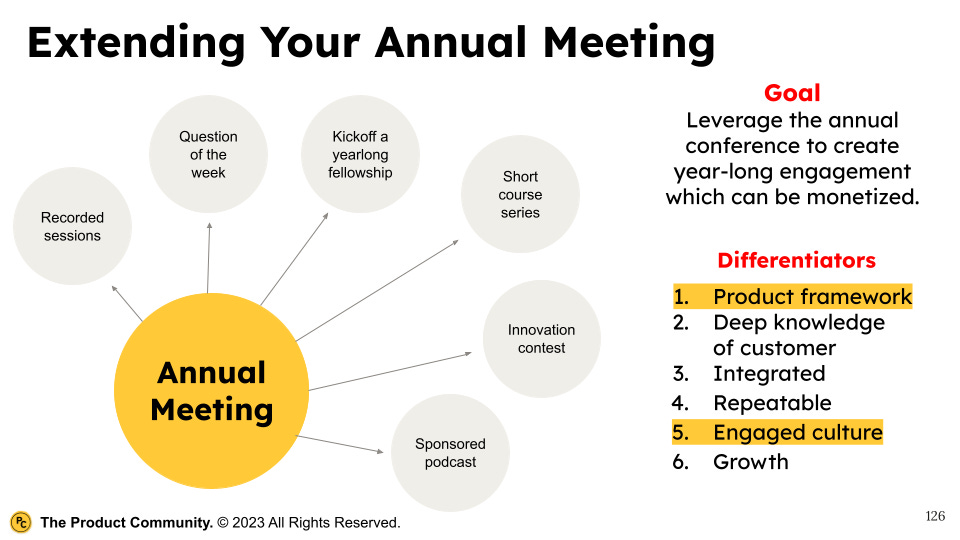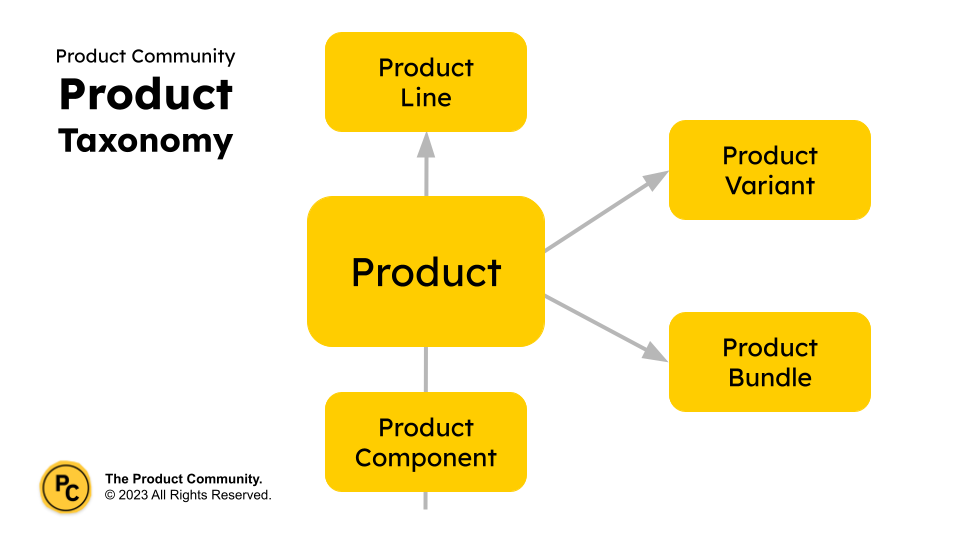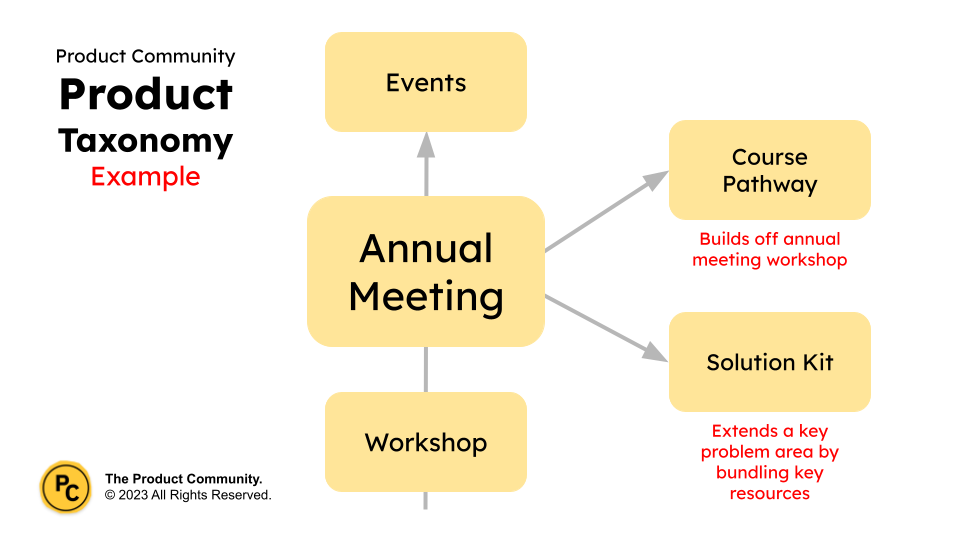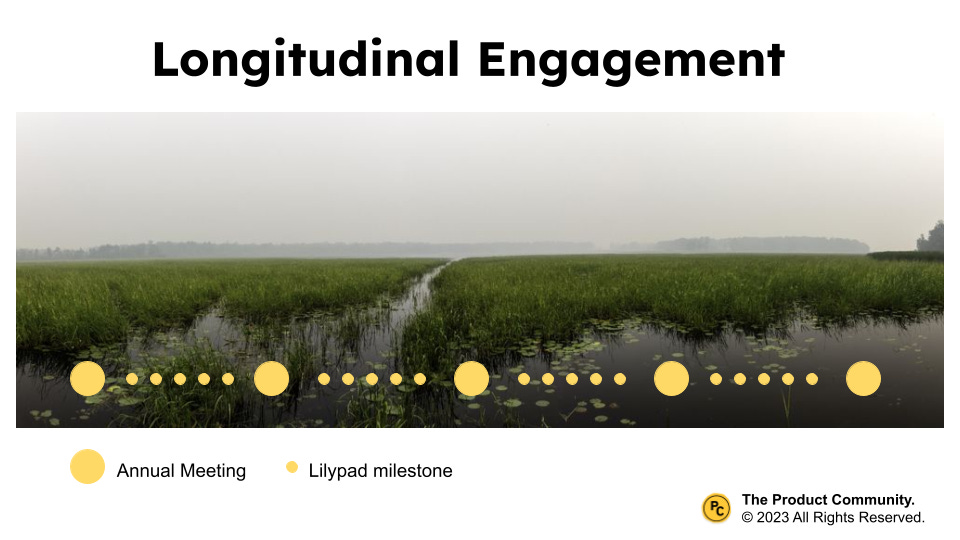“When you work on a problem continuously, you can become fixated on previous solutions. Taking a break from the problem and focusing on something else entirely gives the mind some time to let the old pathways fade from memory. Then, when you return to the original problem, your mind is open to new possibilities or eureka moments.”
David Burkus
Summary
Associations should exist solely to make deep and long-lasting impact.
Like any other organization – private, public, nonprofit, big, small, simple, or complex – associations can set a high bar, build meaningful communities, attain superior performance, and achieve innovative outcomes.
Among many things, we need great value to draw and engage members. This is an article about extending the value of one of our most prized assets: the annual meeting. Most, if not all, associations rely on the annual meeting for much-needed annual recurring revenue.
The annual meeting is due for a disruption – in important ways beyond the in-person vs. online debate – as a point of strategic, longitudinal leverage that promises new vibrancy, new engagement, and new revenue.
Yes, we’re practical, but we can learn how to be innovative, get better at understanding our communities, and build new value that keeps our membership coming back for more.
The Product Community is a product development learning community designed specifically for associations.
The Power and Potential of the Annual Meeting
“Trees blossom, cells replicate, rivers forge new tributaries.”
Rick Rubin
Most association annual meetings are cash cows, offering an important and predictable infusion of annual recurring revenue. Of course, it’s much more than that:
It's a common space for the community to come together, celebrate, learn, and engage.
It’s a source of diverse activity, content, and programming.
It’s a place for sponsors, vendors, and corporate partners to meet association leaders and for association leaders to engage with many vendors in a single setting.
It can be a time to get away from the office and see old friends or see a new city.
Despite all the positives, the annual meeting is also a risky bet:
It only reaches a fraction of members, maybe 35% of the membership in a good year.
It is a major concern for the budget – since it’s such a high percentage of revenue – if numbers are low, there’s a travel disruption, or caution about getting on planes.
It is staff and resource intensive with high fixed costs.
There is little to no residual engagement or revenue bump.
Members tend to like in-person annual meetings. Given that we’ve been forced to try virtual and hybrid meetings – to mixed or tepid results – what can we do to infuse new energy into the annual meeting? How might we use the concepts of the product community – leverage, longitudinal pathways, learning communities, rapid product development, etc. – to think of the annual meeting in a new way?
As a source of energy, renewal and reinvention
As an incubator to test new ideas
As a way to co-create and green light the most compelling ideas
As a way to engage membership in continuous discovery
The opportunity? The ultimate connector event can evolve into a product engine, a vehicle of longitudinal connection, and an anchor for sustainable, diversified revenue. Here are nine possible ideas to help position us for productization:
Intra-meeting – Focus during the meeting
Diversifying participation. Reducing the all or nothing, high stakes revenue / attendance risk by segmenting the programming and therefore the draw (beyond the core audience).
High agency activities. Enhancing the traditional value drivers (opening sessions, concurrent lectures, mixers, orientation) by infusing high agency, active learning, and activities designed to shape the profession.
Rethinking partnerships. Creative use of corporate partners or sponsors.
Inter-meeting – Focus in-between meetings
Horizontal engagement engine. Evolve the meeting from a vertical standup to an exciting horizontal engine of innovation / elongating engagement from “four days of excitement” to ongoing, year long engagement.
Cross-programming. Complement the operational function of event planning with strategic pathways or productized elements that can take on the life of their own (workshops, general concurrent sessions, mixers, games, simulations, etc.).
Carnival of interdependence. Build a longitudinal engagement strategy can influence the entire association product portfolio.
Both – Focus during the meeting or in between meetings
Incubation. Use the annual meeting as a vehicle for design contests, new releases (like the Apple Event) and/or to incubate new products (which can remain a key element of the meeting or spin off on their own)/
New markets. Incentivize the participation of young professionals or tangent markets.
50-year learner journey. Create a structured influencer / thought-leader pathway to engage learners in new, impactful ways.
Productizing the annual meeting has the potential for extending value far beyond a once a year meeting. It can be a boon for vibrant culture, an indicator of momentum, a new way of connecting members to new experiences and new value, and a trigger for diversified revenue and organic growth.
What is Productization?
“If opportunity doesn’t knock, build a door.”
Milton Berle
Productization is the process of transforming an existing service, solution, or expertise into a standardized and marketable product. It involves packaging (or re-packaging) a service or an idea into a well-defined and repeatable product that can be sold to our communities.
Productizing an annual meeting builds off this core definition.
Instead of transforming the entire event, we leverage the carnival of value that the annual meeting offers (let’s call these components) – concurrent or panel sessions, workshops, mixers or networking, career services, simulations, virtual experiences, expert focus groups, etc. – and using this value to test new ideas, start pathways, or seed new products.
There are four intended outcomes to productization: (1) reaching a broader and more sustained audience, (2) extending the annual event beyond four days, (3) diversifying and growing our offerings, and (4) growing revenue.
Productizing is not selling recordings of the meeting! To my knowledge, this never results in new revenue and simply doesn’t work. Why? Because it’s not built on a product framework and, therefore, there’s no real evidence that there’s a need.
The goal of productization is to create a scalable and profitable business model for the annual event by turning a one-off component into something that can be easily replicated and delivered to a broader audience.
Key features of productization include:
Member-centric. An important use of the annual meeting is to take full advantage of the attendees so we can build a forever cycle of continuous discovery. What do our members want? What are the latest trends? How can we use our attendees as longitudinal innovation partners?
Standardization. The component is converted into a standardized offering with defined features, specifications, and pricing.
Reproducibility. The productized solution can be replicated and delivered to multiple customers without the need for extensive customization.
Market Focus. The product is designed to meet the specific needs of a target market or customer segment.
Clear Value Proposition. The product's benefits and value are well-defined and communicated to potential customers.
Scalability. By productizing, we can scale more efficiently, as we are not limited by the constraints of time-in-place service delivery.
Pricing Structure. Productization often involves setting a clear and consistent pricing structure that is easier for members to understand.
Branding. The productized solution may be given a brand name and marketed as a standalone offering.
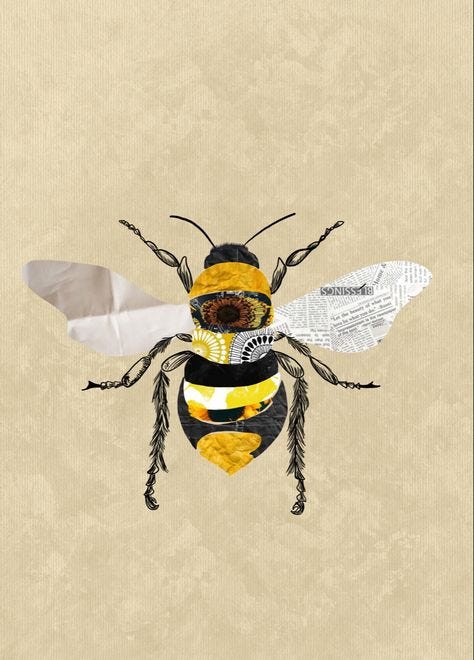
Members also benefit from a more streamlined, standardized, frictionless experience when purchasing, and engaging with, the productized offering. Here's how experimentation, community co-creation, and the activities of the annual event can be leveraged to create new, spinoff products:
Experimentation and Feedback Collection. During the annual event, we can experiment with different formats, topics, and activities to gauge their popularity and effectiveness. Feedback from attendees, speakers, and sponsors can be collected to understand what resonates with the audience. This data can be used to identify potential product ideas and refine existing offerings.
Community Co-Creation. Engaging the community in the productization process is crucial. We can involve attendees in ideation sessions, workshops, and surveys to understand needs, pain points, and desires. Co-creation will lead to the development of products that align with the community's preferences.
Content and Knowledge Products. The annual event likely includes a wealth of valuable content and knowledge presented in workshops, presentations, and panel discussions. This material can be transformed into various products, such as online courses, e-books, or knowledge repositories accessible to members throughout the year. This approach extends the value of the event beyond its duration, reaching a longitudinal audience and generating additional revenue through product sales.
Membership Packages and Upsells. The annual event can serve as an opportunity to upsell premium membership packages. These packages may include exclusive access to event highlights, post-event webinars, networking opportunities, or specialized resources. By bundling these offerings, we can increase membership revenue and enhance engagement.
Virtual Event Platform and Services. If the annual event adopts a virtual or hybrid format, we can develop and market our virtual event platform as a stand-alone product for other organizations or industries seeking similar solutions. We can also offer consulting services to help other organizations plan and execute their virtual events.
Certification Programs. Building on the expertise showcased during the event, we can create certification programs that offer specialized credentials. These certifications add credibility to individuals' skills and can become a valuable revenue source.
Collaborative Partnerships. By leveraging networking opportunities at the annual event, we can form collaborative partnerships with relevant industry players or sponsors to co-create products. This approach not only shares resources but also expands the potential audience reach.
By implementing these strategies, we can extend the impact of our annual event far beyond a once-a-year event. We can create new milestones and a diversified product portfolio. This will not only enhance our value proposition but can also cultivate a broader and more engaged community. Over time, in turn, resulting in increased and diversified revenue.
Derivative Offerings
“There is no such thing as a new idea. It is impossible. We simply take a lot of old ideas and put them into a sort of mental kaleidoscope. We give them a turn and they make new and curious combinations.”
Mark Twain
We can leverage our core offerings to create derivative products by creatively extending and repackaging components from our annual meeting to create longitudinal engagement, but also to meet the needs of a broader audience. This strategy can help us generate additional revenue, increase our visibility, and provide more value to our members.
Here is a simple taxonomy and an example to put help put derivative offerings for an annual meeting into context. For more on how product taxonomies work, see my article Leverage for Scale.
Here are some practical steps to productize an annual meeting as well as some ideas for derivative offerings.
Identify Core Offerings. Start by taking a census of individual annual conference components. This should be part of your larger portfolio of offerings (see my article Leverage for Scale for insight on how to create a product portfolio). These could include certifications, training programs, workshops, conferences, publications, webinars, networking events, or access to industry experts. The census should include the key services, resources, and knowledge each component provides to members.
Market Research. Conduct market research to identify potential gaps or unmet needs in the target market. This could involve surveying members, engaging in focus groups, or analyzing industry trends and competitor offerings. Work hard to evolve passive market research into continuous discovery with your members. This is a perfect activity to seed productization at your annual meeting.
Product Development or Product Variants. Based on market research, brainstorm ideas for derivative products that build upon the core offerings or key components. These could be variations or expansions of existing offerings or entirely new products that align with our capabilities. Read my article Rapid Product Development for additional insight.
Tailored Services. Offer tailored or customized versions of existing offerings to cater to specific segments within your market. For example, if we provide a general certification, consider creating specialized certifications for different job roles, segments, or industries.
Online Learning Platform. Develop an online learning platform that hosts a library of educational resources, including on-demand webinars, courses, and interactive learning modules. This platform can be accessible to both members and non-members, offering a new revenue stream while expanding reach.
Publications and Content Bundles. Package and sell collections of the association's publications, research papers, white papers, and other content as digital downloads or physical products (see above example). This can serve as valuable resources for professionals seeking in-depth knowledge in their field.
Partnering and Licensing. Collaborate with other organizations, educational institutions, or companies to license our content, expertise, or training materials. This can open up new markets and enhance our credibility.
Online Communities and Forums. Develop online forums or communities exclusive to members, where they can engage in discussions, seek advice, and share knowledge. This can foster a sense of belonging and encourage member retention.
Corporate Training Programs. Offer customized training programs for corporations and businesses that align with the association's core expertise. This can be a lucrative revenue stream and provide companies with access to specialized knowledge.
Data and Research Services. Leverage expertise to conduct industry-specific research and provide data analysis services to members and external clients. This can establish us as a thought leader and contribute to its financial sustainability.
Brand Partnerships and Sponsorships. Partner with relevant brands and companies to create co-branded products or sponsor events and initiatives. This can provide mutual benefits by increasing brand visibility and reaching a wider audience.
By following these steps, we can effectively leverage our core offerings to create derivative products that add value to our members while growing revenue, and expanding our influence. It's important to be consistent and maintain quality and relevance in order to ensure the success and sustainability of these new offerings.
Embarking on productization is an investment in innovation. So what does success look like?
After one year we can expect, defined longitudinal pathways, a shift toward a competency-based approach to learning and engagement, and an uptick in high-agency activities to draw new, younger audiences (not just to the conference, but in new ways).
After three years, we can expect more participants, younger and diverse buyers, diversified revenue, higher and deeper engagement, enhanced efficiencies, improved operations, a strong value proposition and a clearer way of understanding performance.
Longitudinal Engagement
“Having ideas is a social function.”
Randy Cohen
The annual meeting is central to our identity, purpose, and revenue. Members like them for the same reasons they like associations: they want to be connected.
There is power in shared purpose and the annual event is one way for us to move the needle. Extending the meeting provides ample opportunity to enhance engagement, learn more about our membership’s needs, and grow revenue.
We can start to think more creatively about what longitudinal engagement means for us and how to infuse bold strategy into the lifeblood of our culture.
At the core of the future association is forever engagement. Regardless of what happens in our world, how fragmented or diverse we are, we all desire common connection.
This is the timeless value proposition for the association. It is what we can build on, extend, and use as a source for growth. It’s the core value of the annual meeting and can also serve as a lever for an association positioned for the future.
About the Author
James Young is founder and chief learning officer of the product community®. Jim is an engaging trainer and leading thinker in the worlds of associations, learning communities, and product development. Prior to starting the product community®, Jim served as Chief Learning Officer at both the American College of Chest Physicians and the Society of College and University Planning.
Please contact me for a conversation: james@productcommunity.us.





